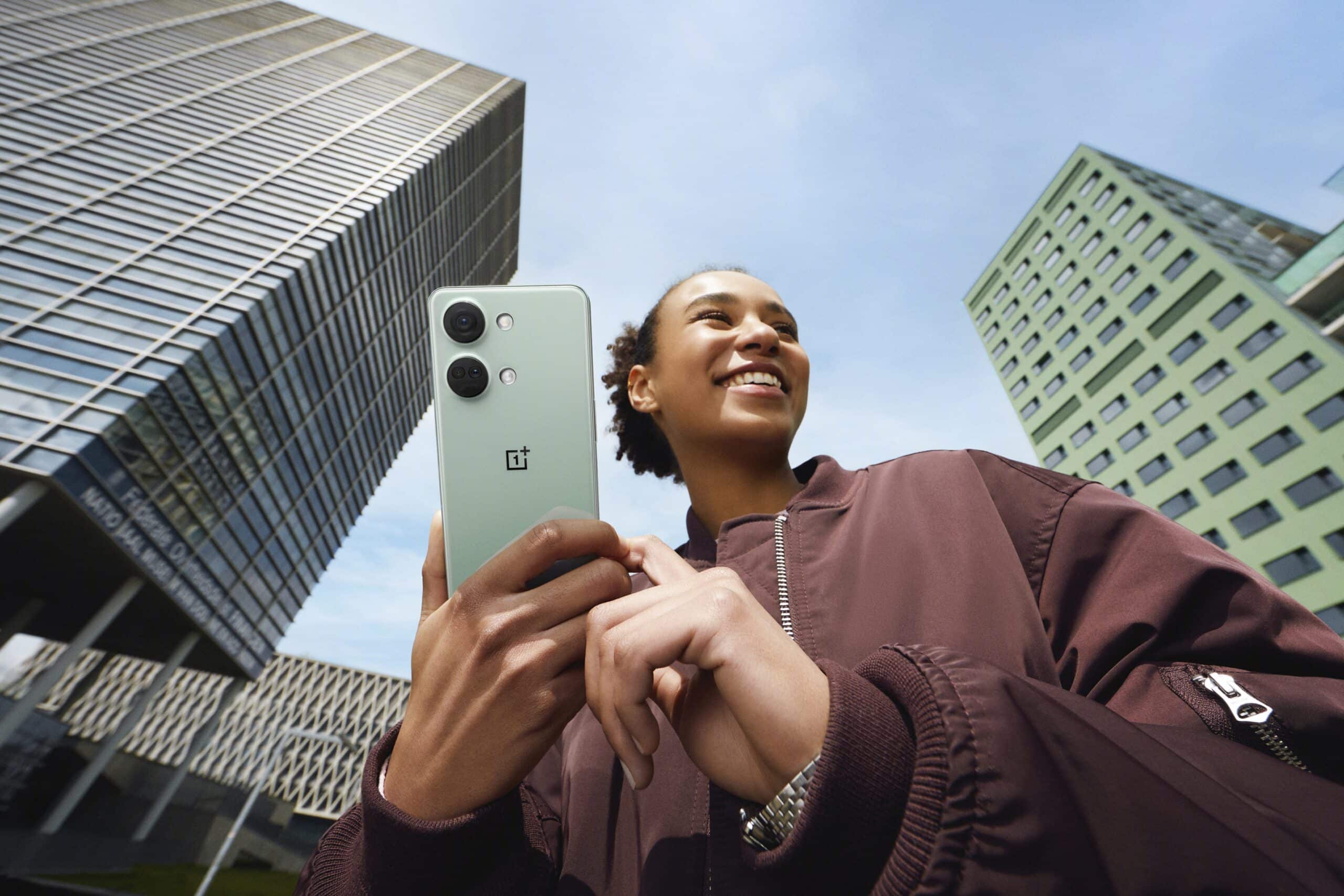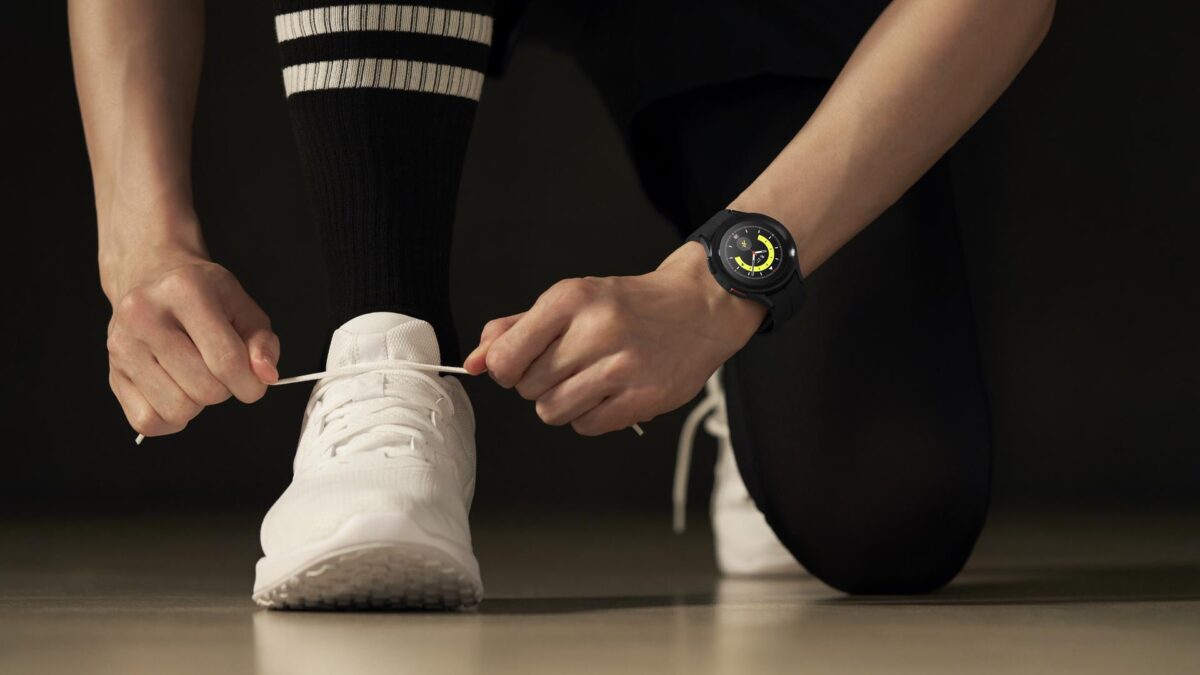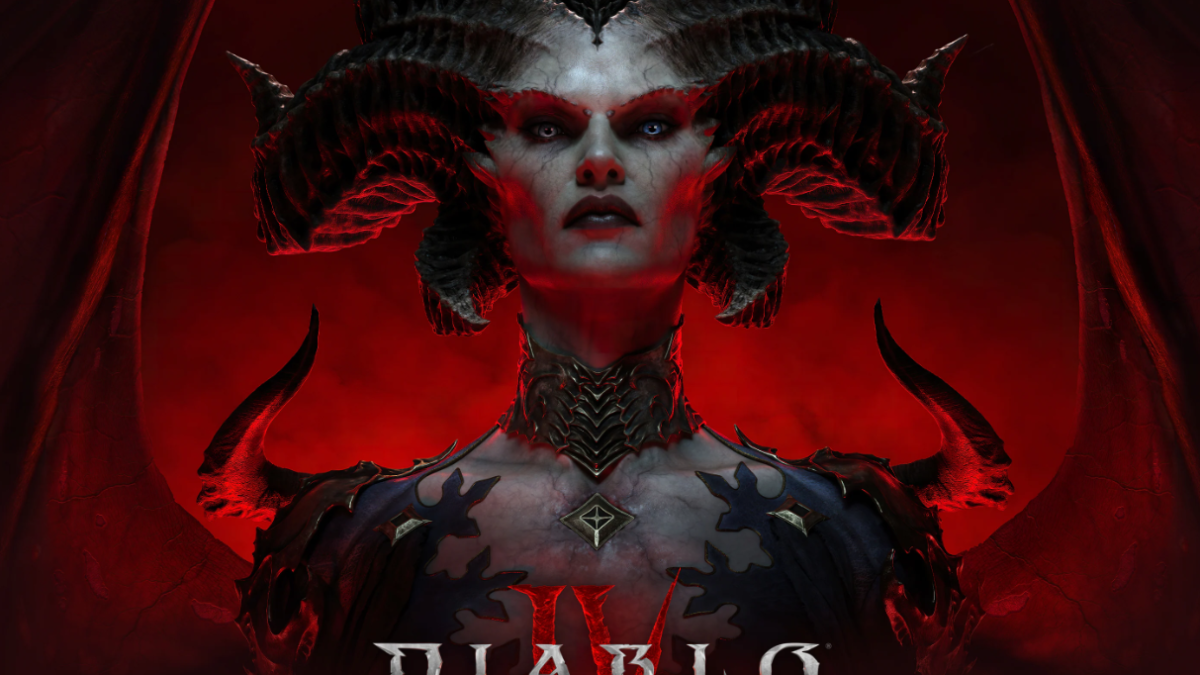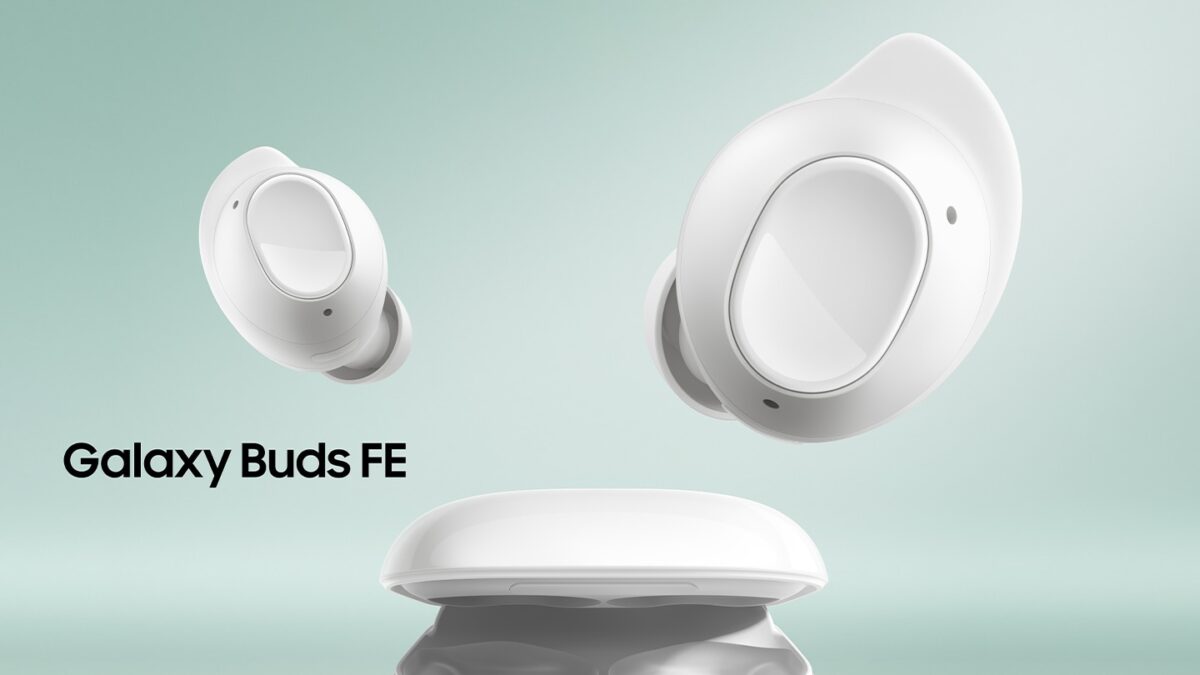OnePlus Nord 3 Review: High-quality Hardware Balanced With Sensible Compromises
Premium smartphones typically excel in most aspects, and you can usually count on strong performance regardless of the specific model you choose, with only a few exceptions. However, when it comes to mid-range contenders, there can often be a notable gap in quality. You’ll find a range of options, from decent budget choices to remarkably cost-effective smartphones. Without further delay, the OnePlus Nord 3 unquestionably falls into the latter category. But, what exactly sets it apart as an outstanding choice?
Why OnePlus?
In essence, OnePlus has managed to hit the mark on quite a few key aspects. Firstly, the pricing falls within the realm of reason, albeit at the upper end. The OnePlus Nord 3 is available in two variants: one with 8 GB of RAM and 128 GB of storage (priced at 5 490 SEK), and another with 16 GB of RAM and 256 GB of storage (priced at 6 490 kr). The latter is the one I’ve tested here, and it’s likely the one I would primarily recommend. This is because the extra amount of RAM helps maintain smooth performance when using multiple apps simultaneously. Additionally, the doubled storage space will undoubtedly come in handy sooner or later. OnePlus, in fact, lacks a slot for microSD cards, which means that you’d want as much internal memory as possible, especially if, like me, you enjoy emulating games on your phone.
Beyond the price point, the technical foundation of the phone is generally excellent. It’s powered by the more than competent Dimensity 9000 chipset, which, combined with the aforementioned RAM, delivers a swift and enjoyable user experience. While it may not be on par with, for instance, the Snapdragon 8 Gen 2, which is among the most cutting-edge chips for phones today, it’s undoubtedly sufficient. Throughout my time with the phone, I never once found any potential stutter to be bothersome. And as you can see in the video above, the OnePlus Nord 3 offers one of the best “budget” gaming solutions available for those who want to game on their phone.
Overall design
But let’s shift our focus from the internals for a moment and instead, let’s talk about the exterior. As you may already know, getting a premium glass back on a smartphone usually comes at a high cost. However, the OnePlus Nord 3 surprises with a robust glass back. The frame, although made of plastic, is sturdy and doesn’t creak or leave a poor impression. It might not have the same tactile feel as the metal frames on expensive phones, but let’s be honest, you’ll likely use a case anyway.
The glass back features a glossy, mirror-like finish and two large camera modules. One of the modules has two cameras, which looks a bit unconventional. Next to them, there’s a flash and a light sensor. It’s not the most inspiring design, and we’re not big fans, but as they say, taste is subjective.
Along the right side, you’ll find a power button, while the volume buttons are located on the opposite side. This layout makes it easy to press the right button without confusion. On the right side, there’s also a physical toggle switch for setting the phone to Silent, Vibrate, or Ring mode. It’s highly practical and stands out as one of the most useful details in OnePlus’ hardware design, harking back to OnePlus’ roots.
Moving to the bottom, you’ll find a USB-C port, speakers, a microphone, and a SIM card tray with space for dual nanoSIM cards but as I previously mentioned, no microSD card slot. The USB port is USB 2, which means it lacks a physical video output, and it’s worth noting that there is no support for eSIM either.
Display
The front of the OnePlus Nord 3 is a delight! Here, you’ll find a 6.7-inch AMOLED screen at 120 Hz and with 1240 x 2772 resolution. It has rounded corners and slim bezels. The frame is actually so thin that the OnePlus Nord 3 offers a screen that’s nine percent larger than the Samsung Galaxy A54, despite the phone’s size being nearly identical. This means you get more screen real estate while enjoying a modern and luxurious design—a rarity in this price range. Well done, OnePlus!
Embedded within the screen is an optical fingerprint reader that works swiftly and reliably. Just make sure to have clean fingers; otherwise, the reader might have trouble recognizing you.
OnePlus Nord 3 is also rain-resistant thanks to its IP54 rating, which is a welcomed upgrade from the Nord 2 and Nord 2T. This provides necessary protection and hopefully prolongs the phone’s lifespan.
Battery
The OnePlus Nord 3 boasts a large 5,000 mAh battery capacity, and it’s no surprise that the battery life is excellent. Normal users can easily go through two full days, while more demanding users may still have around a 50 percent charge left by the end of the day.Starting the day with a full 100% charge, I had approximately 30% remaining in the evening after long gaming sessions throughout the day to record YouTube content of the phone. But even if the phone should run out of juice, it can be charged rapidly. It can reach about 90 percent charge in just 30 minutes with the included 80W charger. However, there’s unfortunately no support for wireless charging.
Software experience
OnePlus Nord 3 is built on Android 13 and OxygenOS 13.1, a customized version of Android developed in collaboration with Oppo. It’s a good, reliable, and reasonably user-friendly interface. The software bears a resemblance to iOS, especially in how animations work, which is a significant plus for someone like me, who typically uses Apple products. Much of the interface is animated to provide a clear understanding of how functions work and to create an overall polished experience. Similar to iOS, these animations can also be perceived as somewhat slow, which contrasts with the very snappy operating system we were accustomed to from OnePlus in the past. While you can disable animations entirely, there’s no setting to make them faster.
Verdict
Well, what can one say? With the OnePlus Nord 3, OnePlus hits the mark on almost every front. High-quality hardware is balanced with sensible compromises to keep the price in check. A capable chipset, ample RAM, sufficient storage, a very good display, decent cameras, fast charging, and an included charger—all at a price that’s not outrageously high. It doesn’t need to be more complicated than that.
SPEC TABLE
| BODY | |
| Dimensions | 162 x 75.1 x 8.2 mm (6.38 x 2.96 x 0.32 in) |
| Weight | 193.5 g (6.84 oz) |
| Body features | Glass front (Dragontrail Glass), glass back (Gorilla Glass 5), plastic frame |
| SIM card info | Dual SIM (Nano-SIM, dual stand-by) |
| Others | IP54, dust and water resistant |
| DISPLAY | |
| Matrix type | Fluid AMOLED, 1B colors, 120Hz, HDR10+, 1450 nits (peak) |
| Screen diagonal | 6.74 inches, 82.4 cm2 (~67.7% screen-to-body ratio) |
| Resolution | 1240 x 2772 pixels, 20:9 ratio (~450 ppi density) |
| Protection | Dragontrail Glass |
| Others | – |
| PLATFORM | |
| OS | Android 13, OxygenOS 13.1 |
| Chipset | Mediatek MT6983 Dimensity 9000 (4 nm) |
| CPU | Octa-core (1×3.05 GHz Cortex-X2 & 3×2.85 GHz Cortex-A710 & 4×1.80 GHz Cortex-A510) |
| GPU | Mali-G710 MC10 |
| MEMORY | |
| Card slot | No |
| Internal | 128GB 8GB RAM, 256GB 16GB RAM |
| Others | UFS 3.1 |
| MAIN CAMERA | |
| Modules | 50 MP, f/1.8, 24mm (wide), 1/1.56″, 1.0µm, multi-directional PDAF, OIS 8 MP, f/2.2, 112˚ (ultrawide), 1/4″, 1.12µm 2 MP, f/2.4, (macro) |
| Features | LED flash, HDR, panorama |
| Video | 4K@30/60fps, 1080p@30/60/120fps, gyro-EIS |
| SELFIE CAMERA | |
| Modules | 16 MP, f/2.4, 24mm (wide), 1.0µm |
| Features | HDR |
| Video | 1080p@30fps, gyro-EIS |
| SOUND | |
| Loudspeaker | Yes, with stereo speakers |
| Headphone jack (3.5 mm) | No |
| Others | – |
| COMMS | |
| WLAN | Wi-Fi 802.11 a/b/g/n/ac/6, dual-band, Wi-Fi Direct |
| Bluetooth | 5.2, A2DP, LE, aptX HD |
| Positioning | GPS, GLONASS, GALILEO, BDS, QZSS |
| NFC | Yes |
| Infrared port | – |
| Radio | No |
| USB | USB Type-C 2.0, OTG |
| FEATURES | |
| Sensors | Fingerprint (under display, optical), accelerometer, gyro, proximity, compass |
| Others | – |
| BATTERY | |
| Type, capacity | Li-Po 5000 mAh, non-removable |
| Charging | – |
| Stand-by | – |
| Talk time | – |



